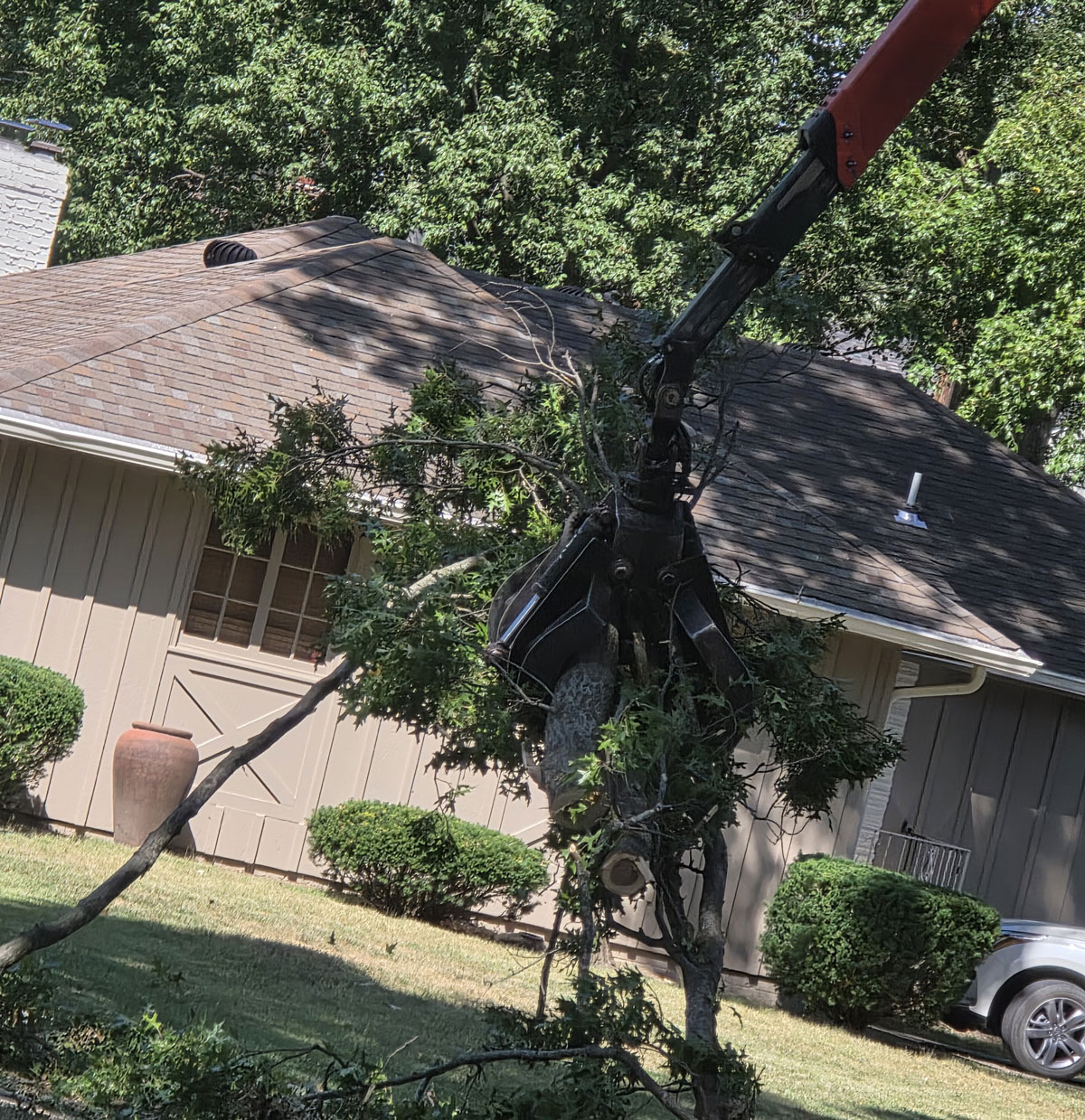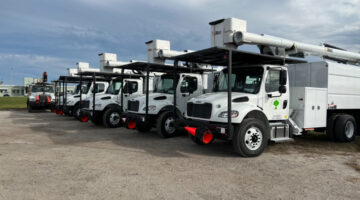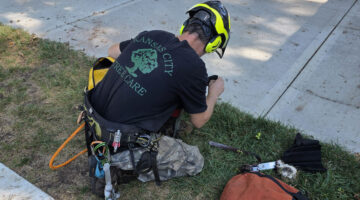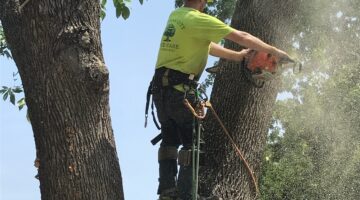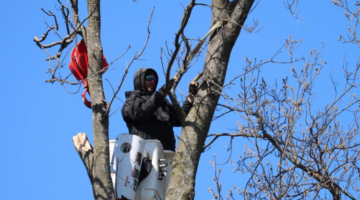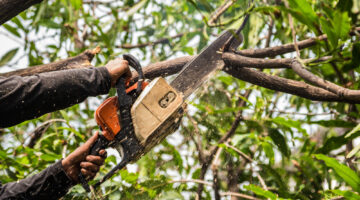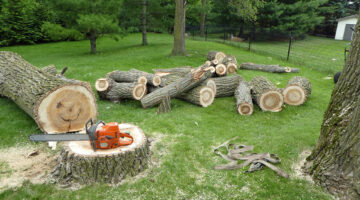Trees are a vital part of any landscape, offering shade, beauty, and environmental benefits. But sometimes, a tree on your property can pose risks rather than rewards. Knowing when it’s time for tree removal is crucial to ensure safety, health, and the proper care of your land.
If you’re in Kansas City, you’re no stranger to unpredictable weather, ranging from powerful storms to scorching droughts. These environmental factors, combined with the natural aging of trees, make it all the more essential to know when it’s time to take action. This guide will help you identify the signs your tree may need professional attention, whether it’s through tree trimming, land clearing, or, in extreme cases, complete tree removal.
If your tree’s structure appears abnormal, it might be time to take action. Structural damage can not only weaken a tree but also turn it into a safety liability.
Recognizing Visual Indicators of Decay
The first signs of a problematic tree are often visible to the naked eye. Regularly inspecting your trees can alert you to early issues and prevent larger problems down the line. Here’s what to look out for:- Fungus Growth
- Cracks and Cavities
- Dead or Dying Limbs
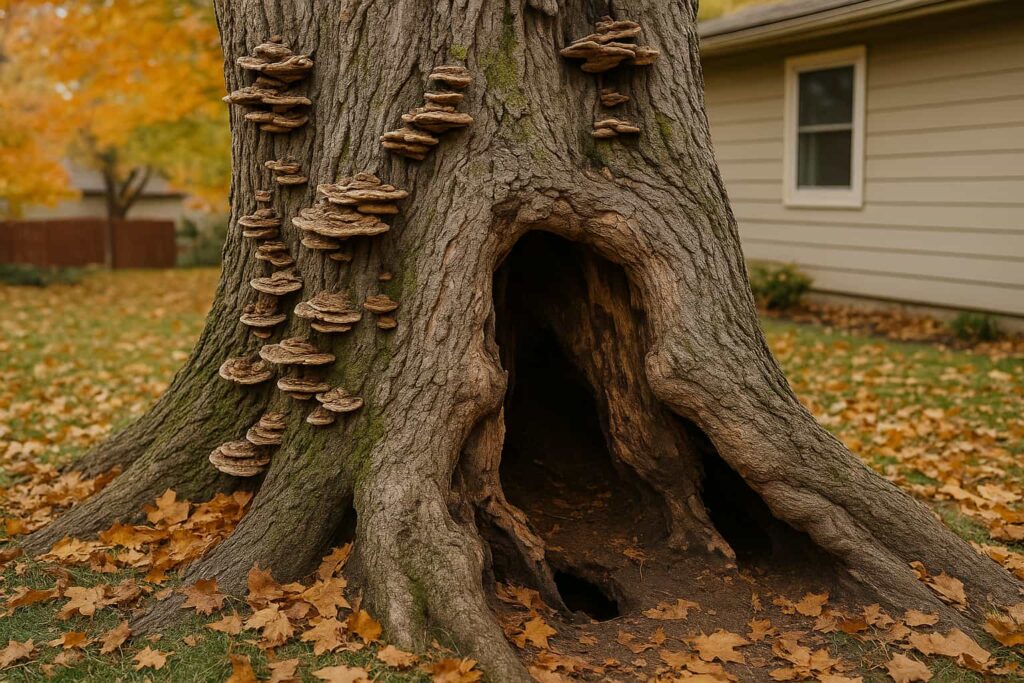 Structural Red Flags
Structural Red Flags
If your tree’s structure appears abnormal, it might be time to take action. Structural damage can not only weaken a tree but also turn it into a safety liability.
- Leaning Trees
- Exposed Roots and Root Damage
Tree Disease Indicators in Kansas City
Kansas City is home to a variety of trees, but those trees are also susceptible to diseases common in the Midwest. Paying attention to signs of illness can help you catch problems early.- Leaves with Spots, Blisters, or Wilting
- Cankers and Oozing Bark
- Sudden Loss of Leaves
Effects of Storms and Drought
Kansas City’s weather can be unforgiving, putting local trees through extreme conditions. The aftermath of severe weather can often leave trees in poor health.- Storm Damage
- Drought Stress
Issues with Utilities and Structures
Trees growing too close to power lines, fences, or buildings pose significant risks that need to be addressed promptly.- Interference with Power Lines
- Cracked Foundations or Blocked Pipes
Tree Overcrowding
While dense foliage can look lush, overcrowded trees compete for sunlight, nutrients, and space. If several trees are growing too close together, one or more may become unhealthy, eventually impacting the environment around them.- Stunted Growth
- Impact on Other Vegetation

